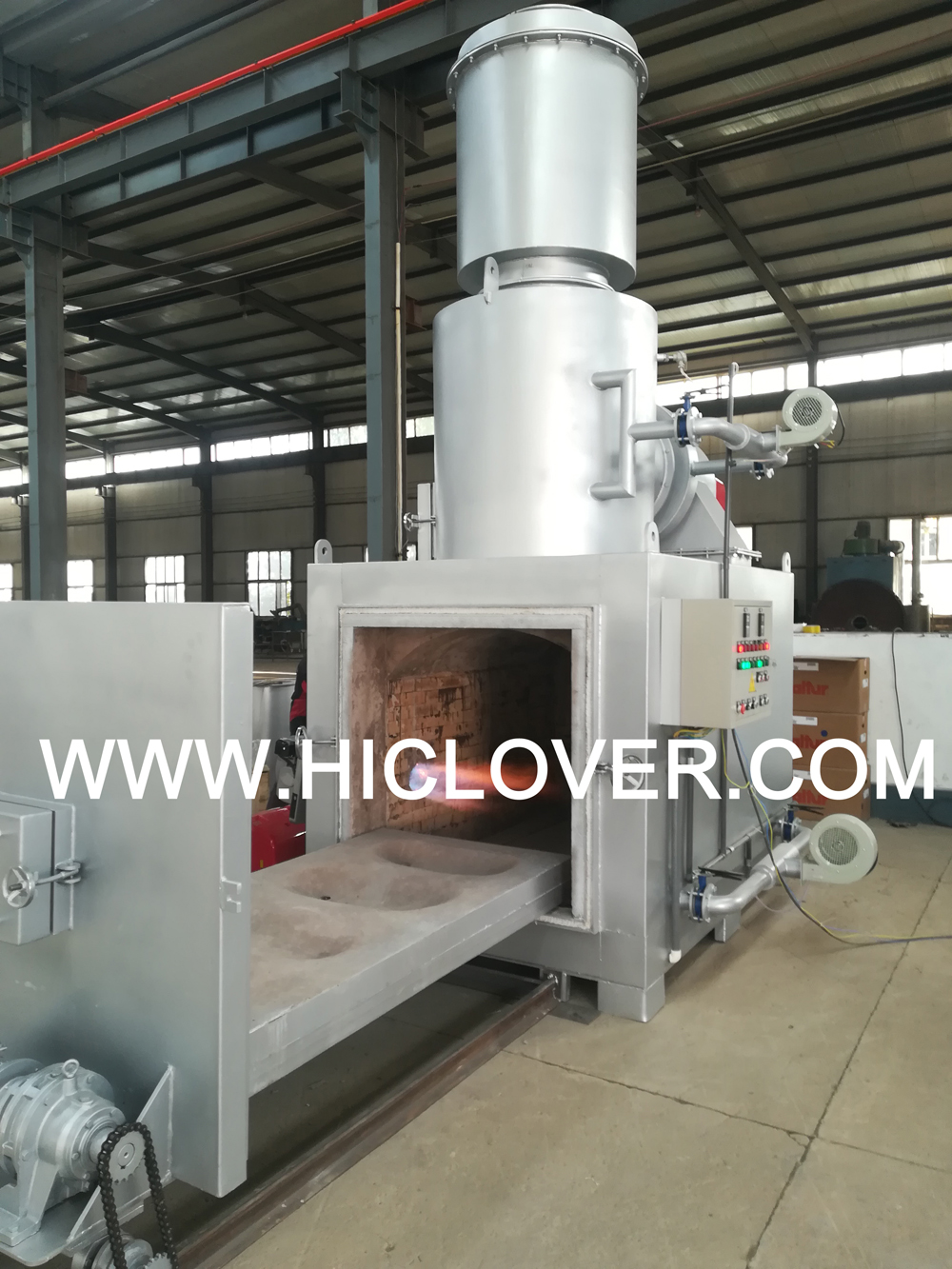As the world continues to grapple with the challenges of waste management and environmental sustainability, a new generation of entrepreneurs and innovators are looking at turning trash into treasure through Waste to Energy (WtE) plants. This emerging business model not only tackles the issue of waste disposal but also meets the growing demand for clean and sustainable sources of energy.
The idea behind Waste to Energy plants is simple – to convert solid waste into useful forms of energy such as electricity, heat, or biofuels. Through a combination of advanced technologies, these plants are capable of processing various types of waste, including municipal solid waste, agricultural residues, and industrial by-products, and turning them into valuable energy resources.
The business plan for a Waste to Energy plant encompasses several key components that are crucial for its success. These include the collection and sorting of waste, the conversion process, energy generation, and environmental sustainability.
The first step in the business plan is waste collection and sorting. This involves establishing partnerships with local municipalities, waste management companies, and other sources of waste to ensure a steady supply of feedstock for the WtE plant. Effective sorting and separation of the waste are important to ensure that the right materials are used in the energy conversion process, which in turn ensures efficiency and reduces environmental impact.
Next, the energy conversion process is a critical component of the business plan. Advanced technologies such as incineration, gasification, and anaerobic digestion are used to convert the waste into energy. These processes require careful planning and implementation to ensure maximum energy recovery and minimal environmental impact.
Once the waste is converted into energy, the next step is energy generation. The WtE plant can utilize the energy produced to generate electricity, heat, or biofuels, depending on the specific needs and market demands. This energy can then be sold to the local grid or distributed to commercial and industrial consumers, creating a new revenue stream for the business.
In addition to energy generation, environmental sustainability is a key consideration in the Waste to Energy business plan. Measures are put in place to ensure that the plant operates in compliance with environmental regulations and minimizes its impact on air, water, and soil quality. This may include the installation of emission control technologies, monitoring systems, and waste heat recovery to maximize the efficiency of the plant and minimize its environmental footprint.
The market potential for Waste to Energy plants is significant, with increasing demand for clean and sustainable energy sources. As governments and businesses alike seek to reduce their carbon footprint and meet renewable energy targets, WtE plants offer a viable solution for waste management and energy production.
In conclusion, the Waste to Energy plant business plan represents an innovative approach to tackling the challenges of waste management and energy generation. By turning trash into treasure, these plants not only contribute to environmental sustainability but also create new opportunities for revenue generation and job creation. As the world continues to prioritize sustainability and clean energy, the Waste to Energy business model is poised to play a crucial role in meeting these challenges.



